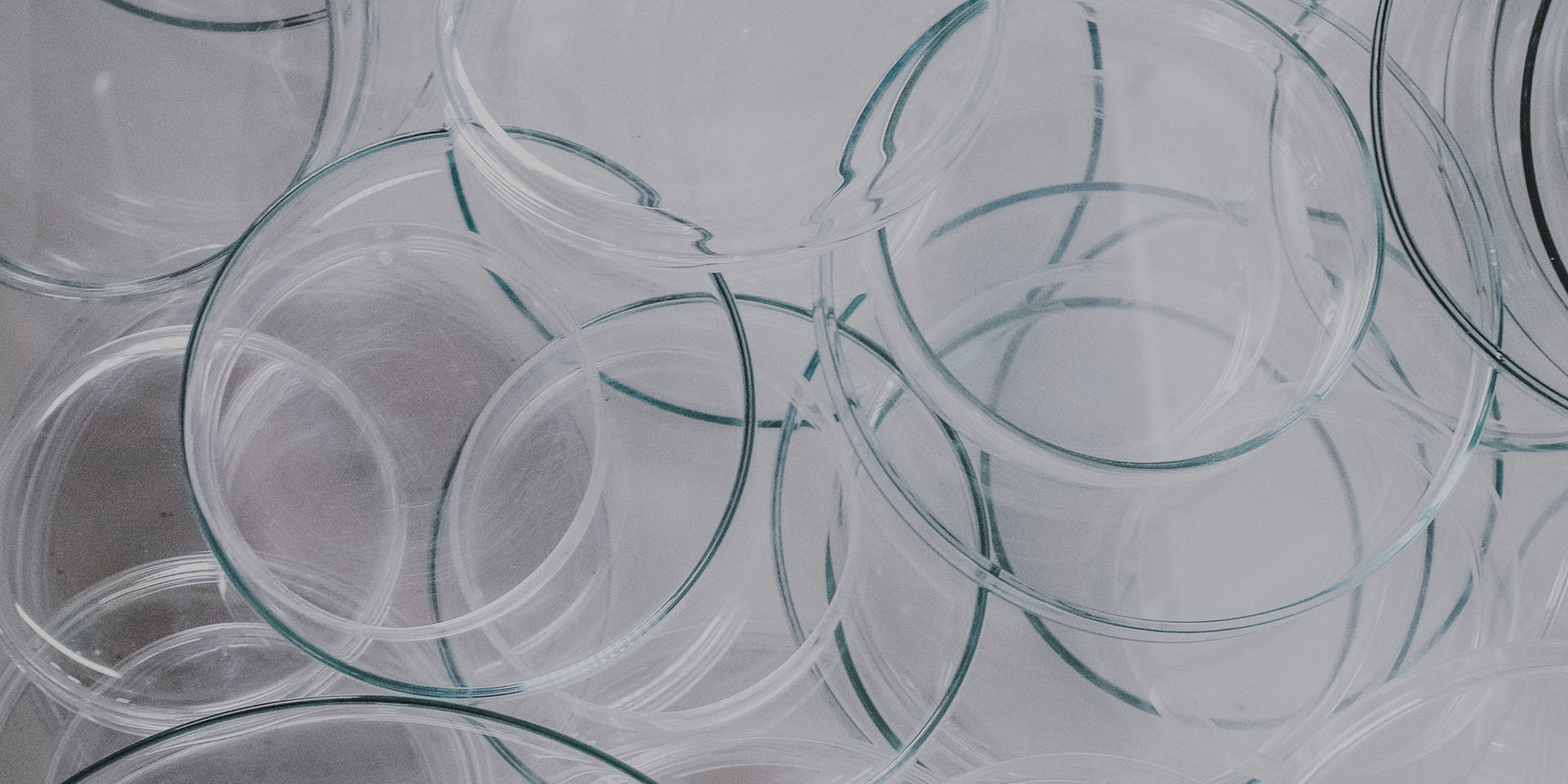Jianwei (John) Miao
Department of Physics & Astronomy and California NanoSystems Institute,
University of California, Los Angeles
X-ray crystallography has been central to the development of many fields of science over the past century. It has now matured to a point that as long as good quality crystals are available, their atomic structure can be routinely determined in three dimensions. However, many samples in physics, chemistry, materials science, nanoscience, geology, and biology are non-crystalline and thus their three-dimensional structures are not accessible by traditional x-ray crystallography. In 1999, the methodology of X-ray crystallography was extended to allow the structure determination of non-crystalline specimens, which is known as coherent diffractive imaging (CDI) or lensless imaging. In CDI, the diffraction pattern of a non-crystalline sample or a nanocrystal is first measured and then directly phased to obtain an image. The well-known phase problem is solved by combining the oversampling method with iterative algorithms. In the first part of the talk, I will present the principle of CDI and illustrate some applications using synchrotron radiation and X-ray free electron lasers (XFELs). In the second part of the talk, I will present a general tomographic method for determining the 3D local structure of materials at atomic resolution. By combining scanning transmission electron microscopy (STEM) with a novel data acquisition and image reconstruction method known as equal slope tomography (EST), we achieve electron tomography at 2.4 Å resolution and observe nearly all the atoms in a multiply-twinned Pt nanoparticle. We find the existence of atomic steps at 3D twin boundaries of the Pt nanoparticle and, for the first time, image the 3D core structure of edge and screw dislocations in materials at atomic resolution. We expect this atomic resolution electron tomography method to find applications in solid state physics, materials sciences, nanoscience, chemistry and biology.
- Miao, T. Ishikawa, I. K. Robinson and M. M. Murnane, “Beyond crystallography: Diffractive imaging using coherent x-ray light sources”, Science 348, 530-535 (2015).
- C. Scott, C.-C. Chen, M. Mecklenburg, C. Zhu, R. Xu, P. Ercius, U. Dahmen, B. C. Regan and J. Miao, “Electron tomography at 2.4-ångström resolution”, Nature 483, 444–447 (2012).
- -C. Chen, C. Zhu, E. R. White, C.-Y. Chiu, M. C. Scott, B. C. Regan, L. D. Marks, Y. Huang and J. Miao, “Three-dimensional imaging of dislocations in nanoparticles at atomic resolution”, Nature 496, 74–77 (2013).
Jianwei (John) Miao is Professor of Physics & Astronomy and the California NanoSystems Institute at UCLA. He received his Ph. D. in Physics, a M. S. in computer science, and an Advanced Graduate Certificate in Biomedical Engineering from the State University of New York at Stony Brook in 1999. Immediately after graduation, he became a Staff Scientist at the SLAC National Accelerator Laboratory, Stanford University. In 2004, he moved to UCLA as an Assistant Professor and was promoted to Full Professor in 2009. Miao is a pioneer in the development of novel imaging methods with X-rays and electrons. He performed a seminal experiment on extending X-ray crystallography to allow structural determination of non-crystalline specimens in 1999. This method, known as coherent diffractive imaging (CDI) or lensless imaging, has been broadly implemented using synchrotron radiation, X-ray free electron lasers (XFELs), high harmonic generation, optical lasers, and electrons. It has also become one of the major justifications for the construction of XFELs worldwide. In addition to his seminal contribution to CDI, Miao has also pioneered a general electron tomography method for 3D imaging of local structures at atomic resolution. In 2005, he developed a novel data acquisition and tomographic reconstruction method, known as equally sloped tomography (EST). By combining EST with electron microscopy, Miao and collaborators demonstrated electron tomography at 2.4 Å resolution in 2012, the highest resolution ever achieved in any general 3D imaging method. More recently, he led a team that applied this electron tomography method to observe nearly all the atoms in a platinum nanoparticle, and for the first time imaged the 3D core structure of edge and screw dislocations in materials at atomic resolution.
Miao is Section Editor for Acta Crystallographica Section A: Foundations of Crystallography, and Associate Editor for Crystallography Reviews. His past honors include the Werner Meyer-Ilse Memorial Award (1999), an Alfred P. Sloan Research Fellowship (2006-2008), the Outstanding Teacher of the Year Award in the Department of Physics & Astronomy at UCLA (2006-2007), a Kavli Frontiers Fellowship (2010), a Theodore von Kármán Fellowship from the RWTH Aachen University in Germany (2013), and the Microscopy Today Innovation Award (2013). He has been a Guest Scientist of the Institute of Physical and Chemical Research (RIKEN) in Japan since 2004, and a Guest Professor of Zhejiang University in China since 2009.


